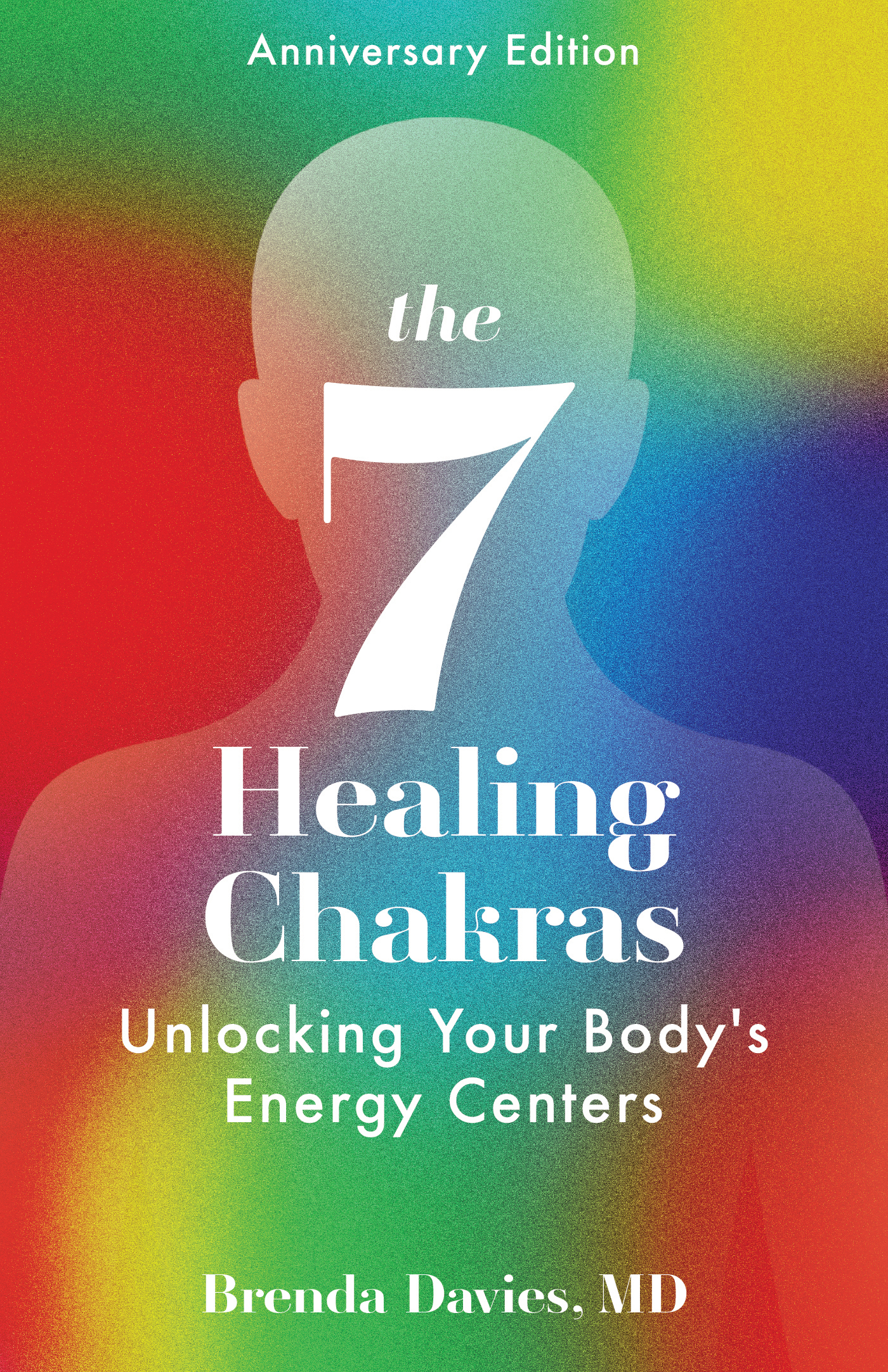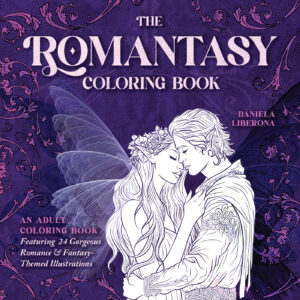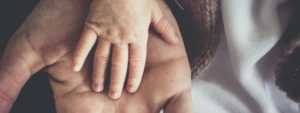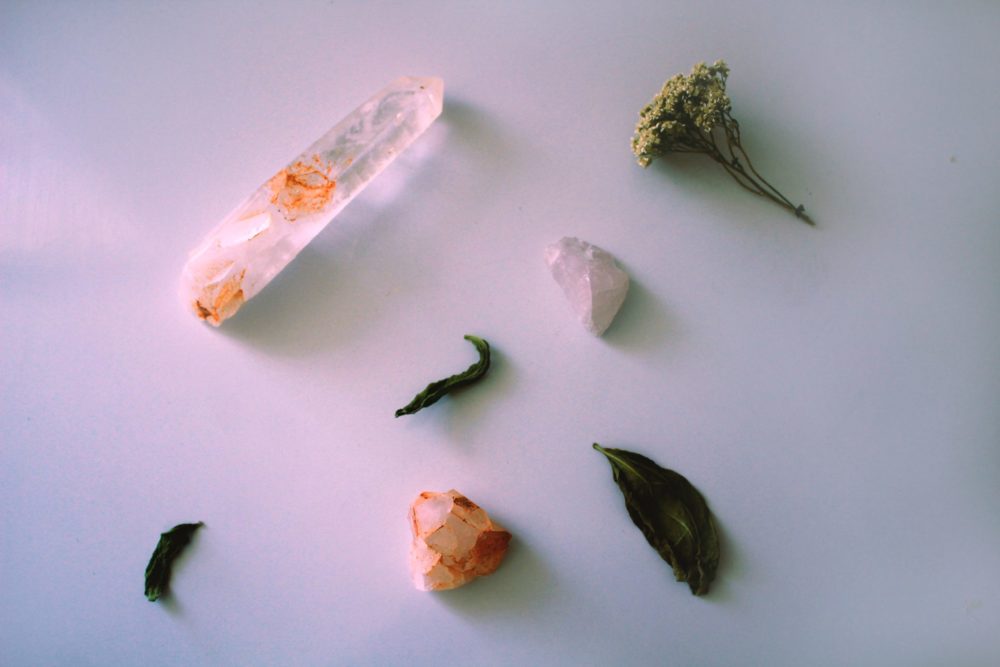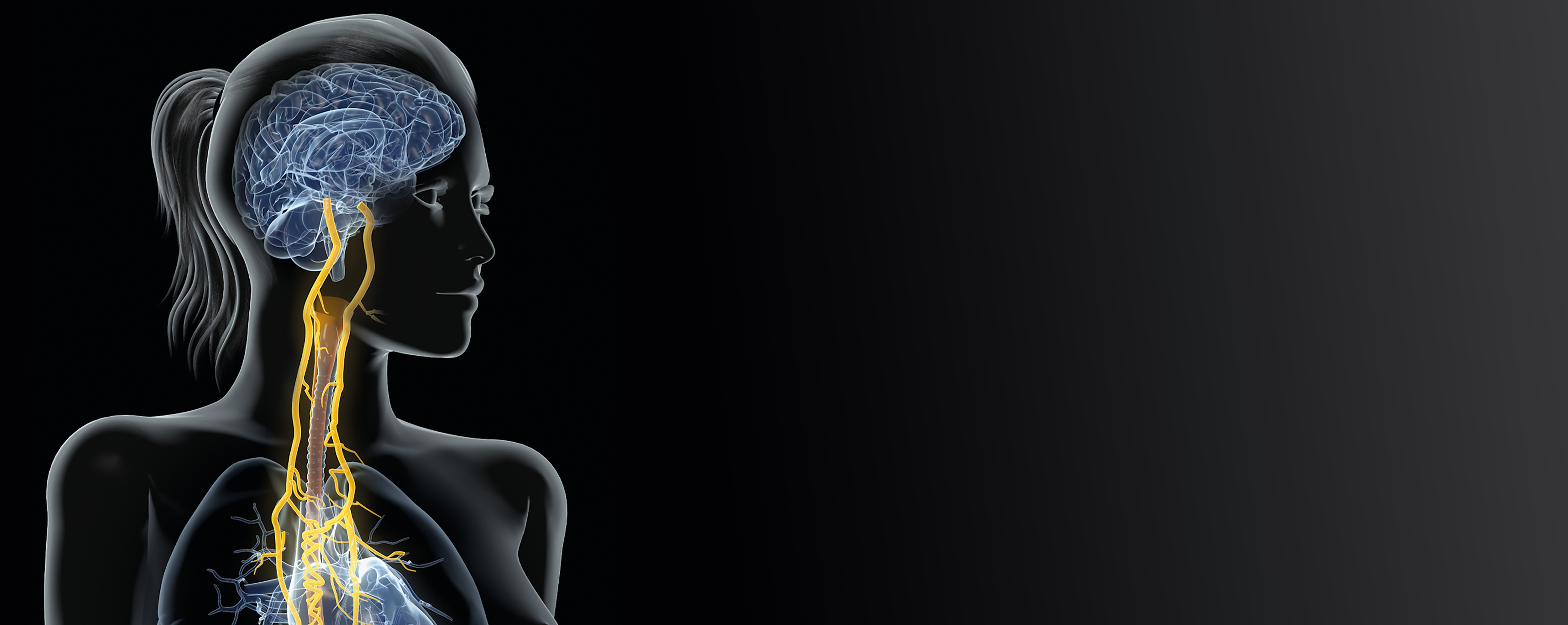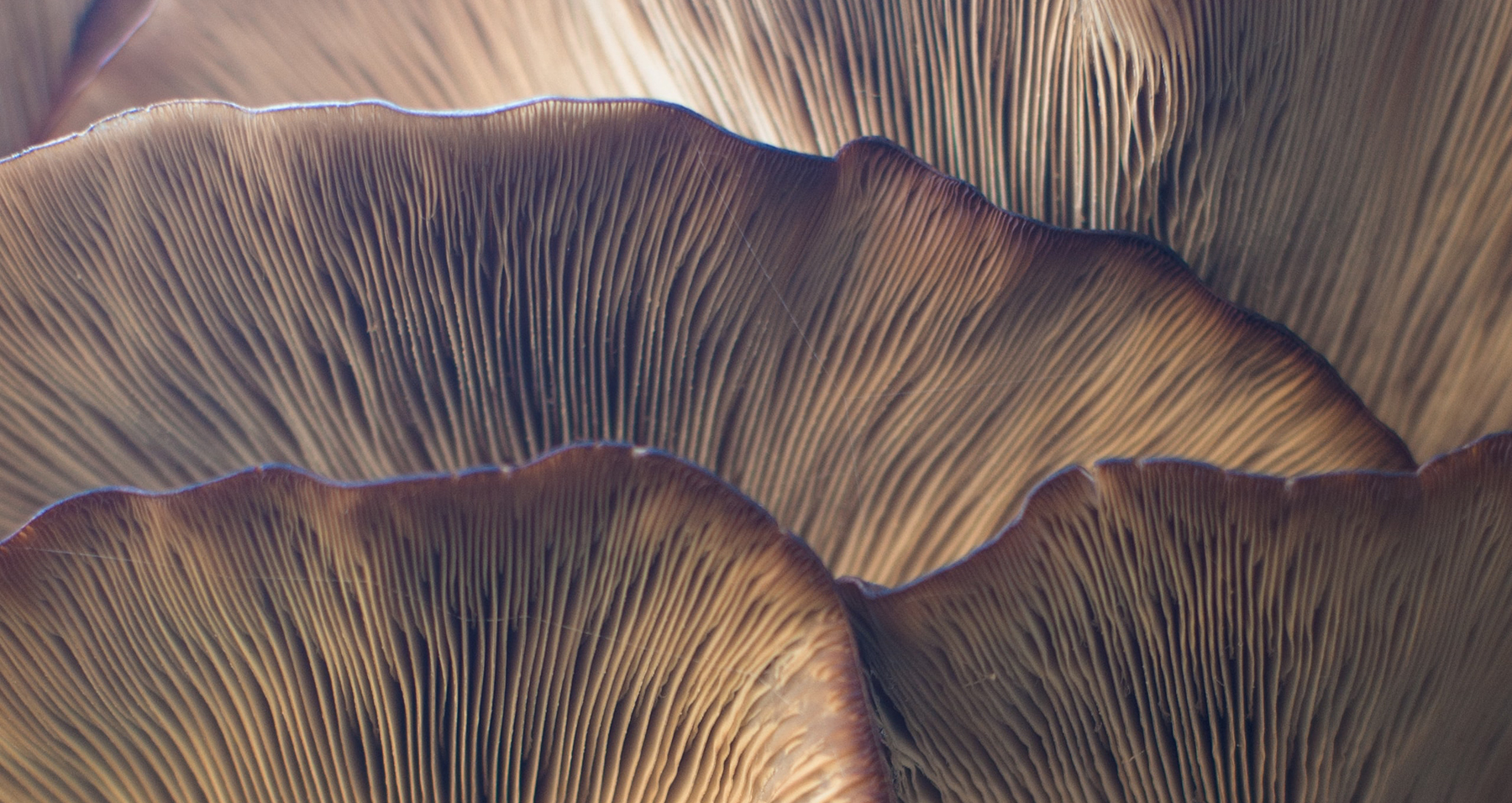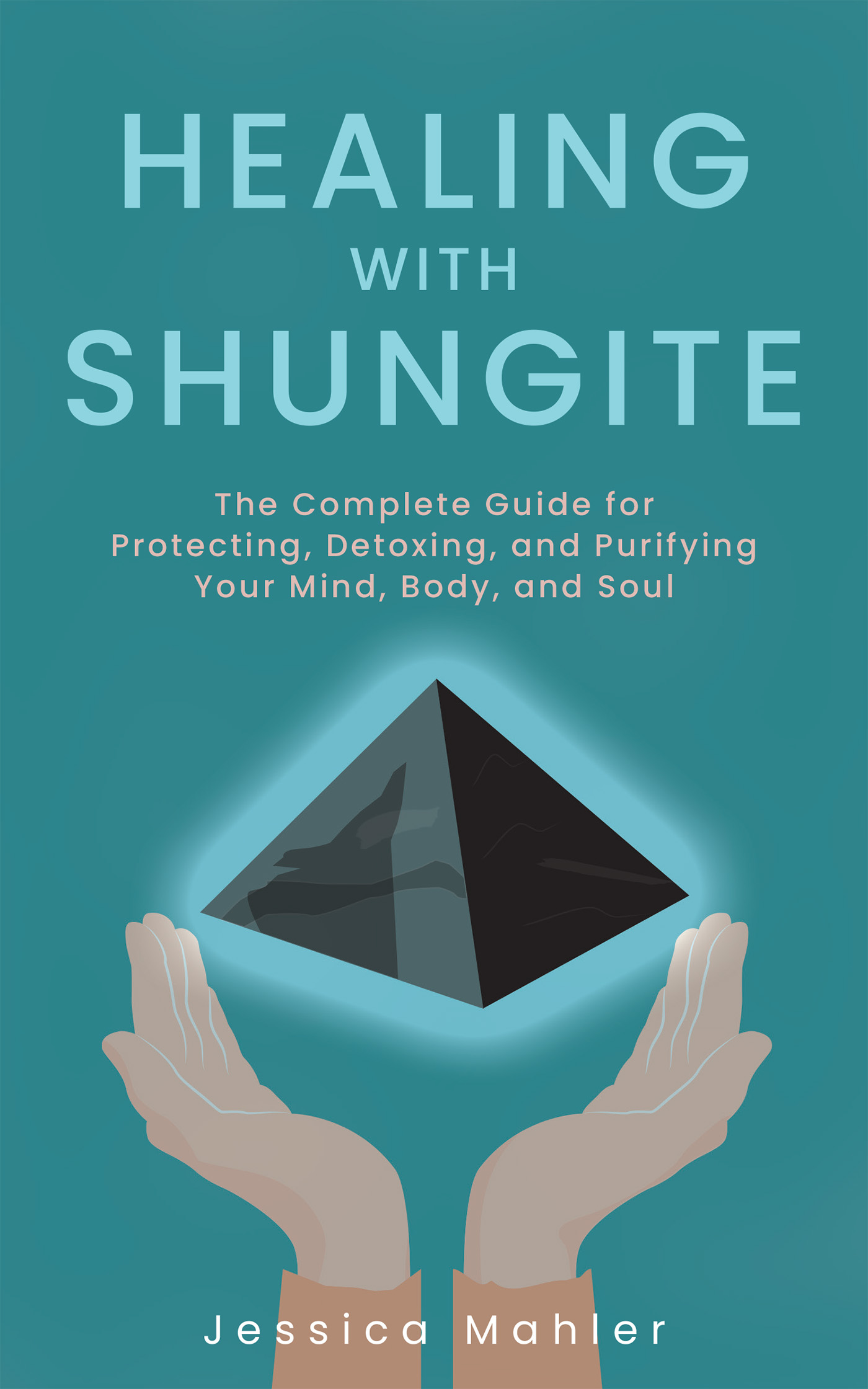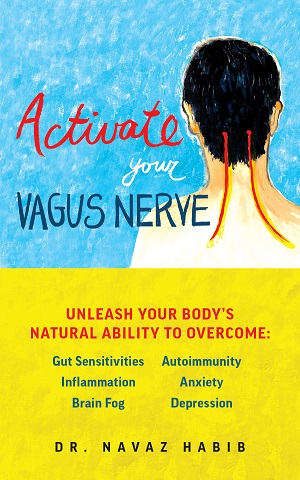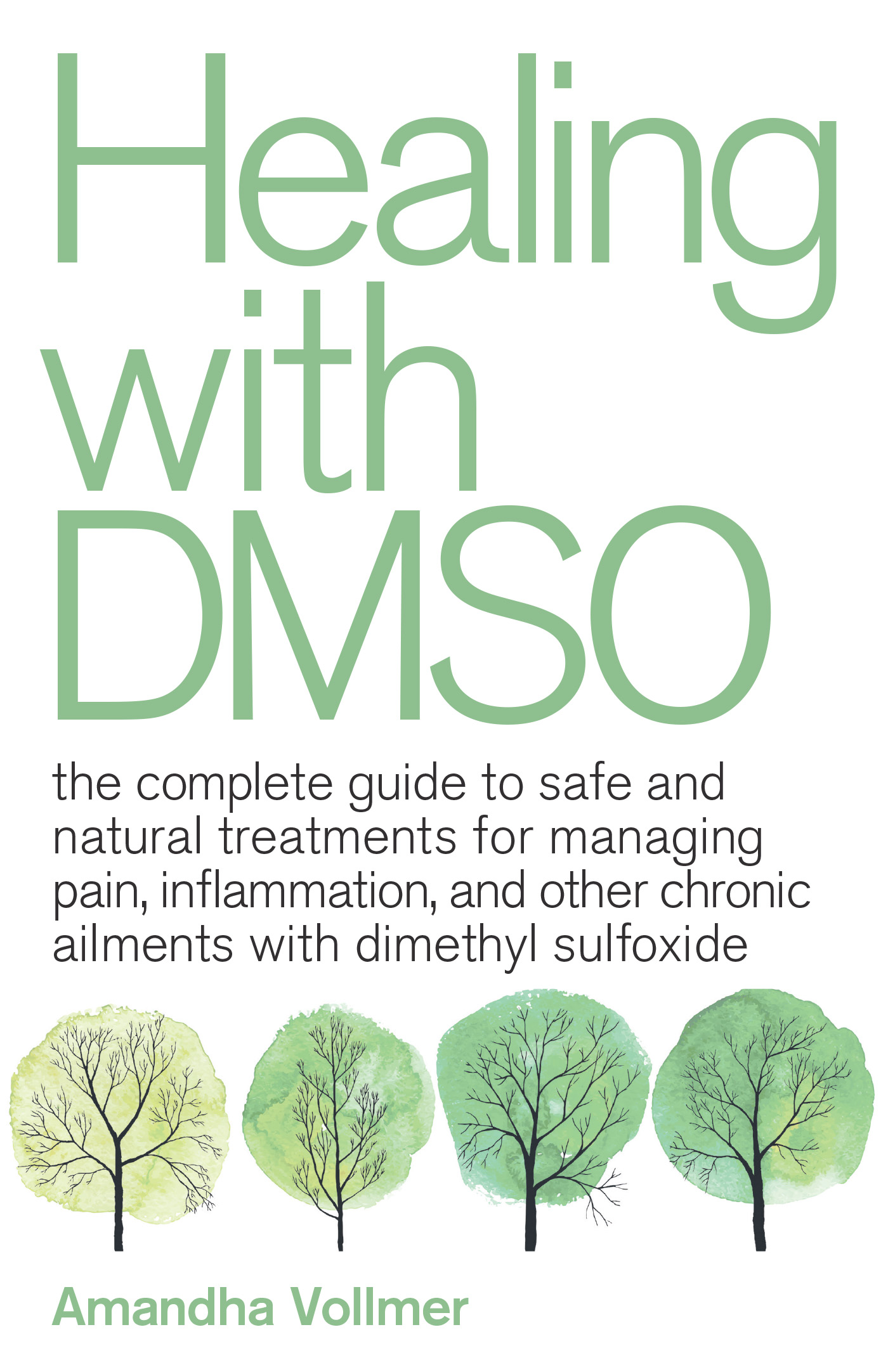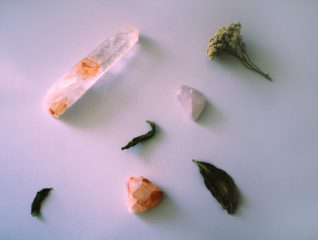
Beginner’s Guide to Energy Blocks and Healing Chakras
- Book Sample /
- Health
If this is the year you finally want to achieve spiritual peace and harmony, why not investigate the healing power of The Chakras? Chakras are vortices of energy that connect the physical body with the spiritual. The excerpt below is from The 7 Healing Chakras, a revised and updated version of Dr. Brenda Davies’ bestselling book.
Clear the psychological, emotional, and spiritual debris of the past with exercises combining crystals, essential oils, and other spiritual tools.
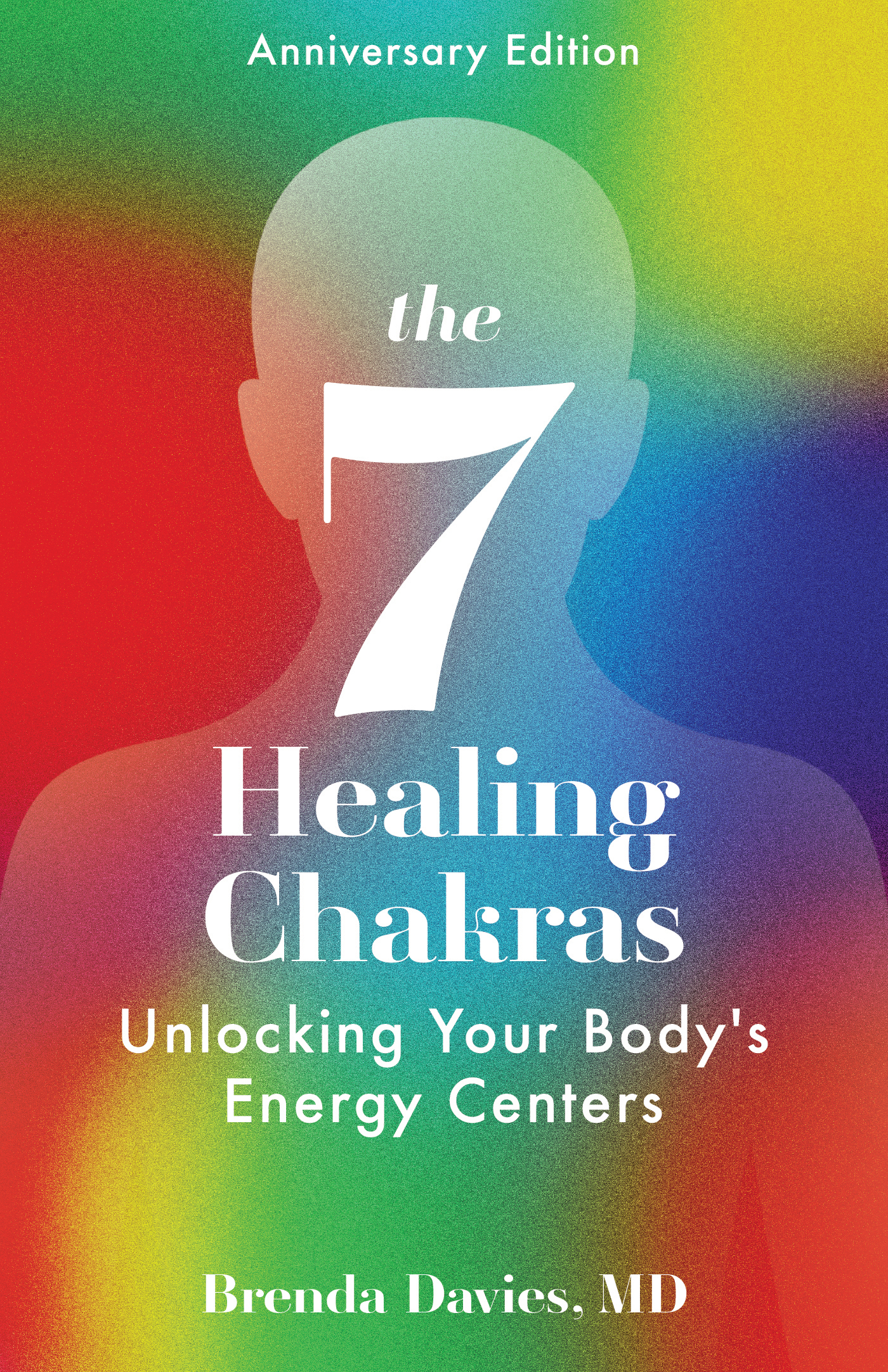
The Healing Chakras
The word chakra is Sanskrit, meaning wheel, and refers to the many vortices of energy that penetrate not only the aura but the physical body as well. There are seven major, twenty-one minor, and many lesser chakras. Others are being revealed through time. Of the lesser chakras, the most commonly used are those found in the palms of the hands and the soles of the feet.
To most, the chakras are more readily felt than seen. The easiest way to sense them is to hold the hand a few inches away from the physical body. The presence of clothing doesn’t impede the energy or the ease with which it can be felt, so it’s rarely necessary to remove any clothing to receive healing.
The chakras are so sensitive that they are affected not only by the energy of other people but also by the energy that hangs around in some places. We’ve already ascertained that you feel good in the presence of some people whereas others drain you. This feeling may arise with someone you’ve never met before and yet suddenly, on being in the same room with them, you feel at peace. Similarly, you may come into contact with another person for only a few minutes and feel uncomfortable, even ill, and yet there appears to be no real reason for this. We all use various energetic tactics to protect ourselves, to manipulate others and to hide our vulnerability, though often we may be unaware of this on a conscious level.
Though we can learn to protect ourselves from outside influence to a large degree, what we really need to do is to build up a healthy system that keeps us flexible on all levels—physical, emotional, mental and spiritual.
The Chakra System
Chakras appear like spinning wheels of light. When healthy, they spin in a clockwise direction, drawing in energy from the universal energy field to continually revitalize our whole being. Since they spin at different speeds, each emits a different light frequency, which is seen as a different color. The lowest or base (root) chakra is red, and the others bear the other colors of the spectrum—orange, yellow, green, blue, indigo or purple and finally white.
Each of the major chakras is associated with one of the seven layers of the aura. The first chakra is associated with the layer closest to the physical body, the second next to this and so on.
Although they are always numbered from the base up, the major chakras have been given different names by different schools, which can cause confusion. Some use names associated with their location and others with their function. For the purposes of this book, the seven chakras we’ll be focusing on are labeled as follows:
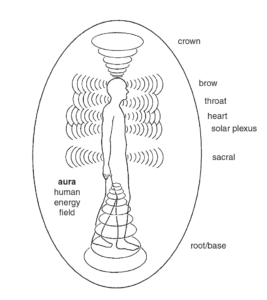
Chakra 1—Base or Root Chakra
This chakra is situated at the base of the spine, between the coccyx and the pelvic bone and its color is red. Its main function is to keep us grounded in the physical world and to keep us alive. It’s associated with physical sensation. The first layer of the aura is similarly associated with the physical.
Chakra 2—Sacral Chakra
This chakra is to be found in the midline below the navel. Its color is orange and its main function is related to reproduction and the giving and receiving of sexual pleasure. The second layer of the aura is similarly associated with the emotional.
Chakra 3—Solar Plexus Chakra
The solar plexus is situated either in the midline or slightly to the left above the stomach. Its color is yellow. This is the site where we form opinion. Here is the center of potency, power and will. The third layer of the aura is associated with mental functions.
Chakra 4—Heart Chakra
This is sometimes referred to as a transitional chakra since the lower three are concerned with the physical and emotional and now we begin to move toward the spiritual. The heart bridges the two realms and is the center for human love. It’s also a center for feeling and its color is emerald green. Its layer is the astral plane (see Glossary).
Chakra 5—Throat Chakra
As its name implies, this chakra lies at the throat and is part of the realm of the divine. The throat chakra when well-developed allows us to speak our truth with courage and also to listen and not judge. It’s the home of our integrity and our vocation. Its color is blue or turquoise. The fifth layer is the etheric body.
Chakra 6—Brow Chakra
This takes us up into the celestial and into love that surpasses human love. It is the site of clear vision in the spiritual sense. The layer associated with this chakra is the celestial body. Its color is purple or deep blue.
Chakra 7—Crown Chakra
Situated at the top of the head, the crown chakra is our access to the divine, the spiritual realms. It allows us to draw in spiritual energy for our own use or to use to help others in healing. It is also the center of knowing—knowing without thought or reason. Here the whole is integrated: the physical, emotional, intellectual and spiritual. Its color is violet.
Energy Blocks
Although a block is the term commonly used when a chakra is not functioning well, it covers a variety of difficulties. The chakra may be spinning too slowly, in the wrong direction, be hardly spinning at all (sometimes termed “silent”); it may be out of balance or indeed it may actually be damaged. It may be too active and brittle so that it can’t gently open and close at your will.
When a chakra is “open” (though they’re never completely closed), there’s little choice but to deal with the energy and the associated psychological material that’s flowing through it. Although it’s true that, to some extent, the greater the energy flow, the healthier we are, some of the energy we have to deal with can cause psychological or emotional pain. It’s for this reason that we shut down or “block” our chakras in the first place.
These blocks are not there by accident. They’re designed by you and put in place to protect you from what, at the time, you’re unable to process. However, most of the blocks become outdated, preventing further growth.
Clearing them is rather like a spring-cleaning exercise. We look at all the things we’ve accumulated and discard some of them. In the process, we may come across something very beautiful that we’d like to bring back into the light. However, first it must be dusted and polished or cleared of layers of tarnish. Cleansing your chakras is rather like this.
Whatever the cause, your whole energy flow is affected by any disturbance. Since all the chakras are intimately linked, a block at one will affect the functioning of the others, causing physical, emotional and/or spiritual distress.
Types of Blocks
Different types of energy block that correspond to psychological defense mechanisms serve different functions and we develop them to protect ourselves from what is too difficult to deal with at the time. They include
- the suppression of feelings, which typically leads to depression and despair (usually a heart chakra block)
- compression and compaction of rage which is perceived as potentially destructive if it’s allowed to erupt (usually a solar plexus block)
- freezing of feelings, which often results in a lot of tension and a need to defend against any further possible attack (usually a heart chakra block)
- depletion of energy and abdication of power, which renders the person apparently helpless and in need of much support from others, hence protecting them from having to accept personal accountability and responsibility (solar plexus and/or sacral block)
- denial, which is usually a product of fear—here the person will often behave as though everything is fine while underneath there is chaos to such a degree that confronting it needs to be avoided at all costs to avoid possible breakdown (this can be present with a block at any chakra)
Many people use a combination of these blocks and move from one to another depending on the circumstances they find themselves in. All of us use blocks from time to time in order to regulate the flow of energy, depending on what we feel we can cope with. Sometimes these temporary blocks can be a very useful tool.
Coming into therapy implies the invitation to the therapist to do whatever is necessary to help you to get well. However, quite often I’ve found myself having to deal with the results of bungled therapy or incompetent attempts at healing. You are in charge, and though therapy is quite often a painful process, and there are, of necessity, things to be discussed that initially you may resist, if you find that something deep down tells you all is not well, heed that voice and at least discuss it with your therapist.
—
For more information on chakras, energy healing and more, check out The 7 Healing Chakras, revised Anniversary Edition!
The 7 Healing Chakras
Discover the transformative power of balancing your chakras in the original, complete guide to creating harmony between your physical body, mind, and spirit. The classic beginner’s guide to understanding chakras, this brand-new edition of The 7 Healing Chakras by Dr. Brenda Davies is a practical and inspirational journey that shows
Learn more